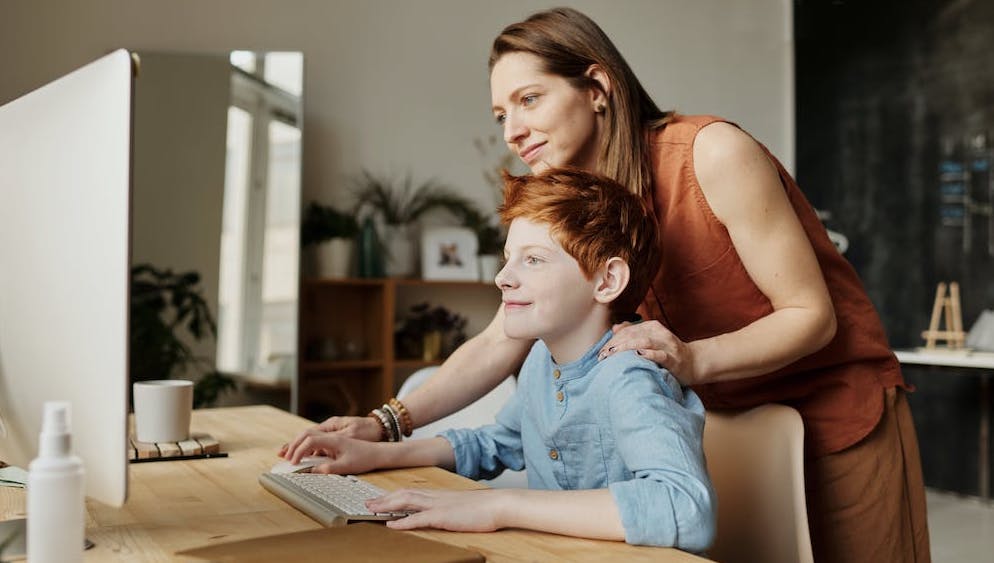
Five maths skills your child will learn in Reception
In Reception, children start to work with numbers in a range of different ways. They will be encouraged to be curious and explore numbers by playing number games, singing counting songs, making models as well as being introduced to the ideas of addition and subtraction.
But there’s no need to figure everything out as your child does - this article will help you get a head start by knowing what to expect.
In Reception, your child will learn how to:
1. Count and place numbers 1-20 in order
The goal for the end of reception is that your child will be able to reliably use numbers from 1 to 20, place them in order and say which number is one more or one less than a given number. Using quantities and objects, they will add and subtract two single-digit numbers and count on or back to find the answer.
In most primary school classrooms teachers pick a number of the week to build into the week’s work - you can try to find out the number each week and look out for it at home!
2. Share objects into equal groups and count how many are in each group
Children should be able to share out a number of objects evenly and count how many there are by giving each object a number - this will develop their problem solving skills. Teachers will usually use counters, blocks or toys to share equally between a number of people.
3. Recognise and form their own patterns and build models.
Children in reception learn how to use familiar objects and common shapes to create and recreate patterns and build models.
4. Describe and recognise 2D and 3D shapes
Reception students will learn about 2D and 3D shapes. They should be able to name different shapes while describing their features. They love to recognise shapes in the real world!
5. Start to build an understanding of weight, size and length
Your reception learner will start to develop their vocabulary such as heavy, light, tall, short, big and small. They will be able to put two or three items in order according to their weight or length.
Throughout the year, make sure to ask your child about what's happening in Reception maths. Give your child an opportunity to teach you by sharing what he or she has learned. Get ready for a fun year in Reception!
Found this useful? Check out our year by year maths guides from Reception to Year 4.
About Komodo – Komodo is a fun and effective way to boost primary maths skills. Designed for 4 to 11-year-olds to use in the home, Komodo uses a little and often approach to learning maths (20 minutes, three to five times per week) that fits into the busy family routine. Komodo helps users develop fluency and confidence in maths – without keeping them at the screen for long.
And now we've got Komodo English too - check it out here.


